Edit Content
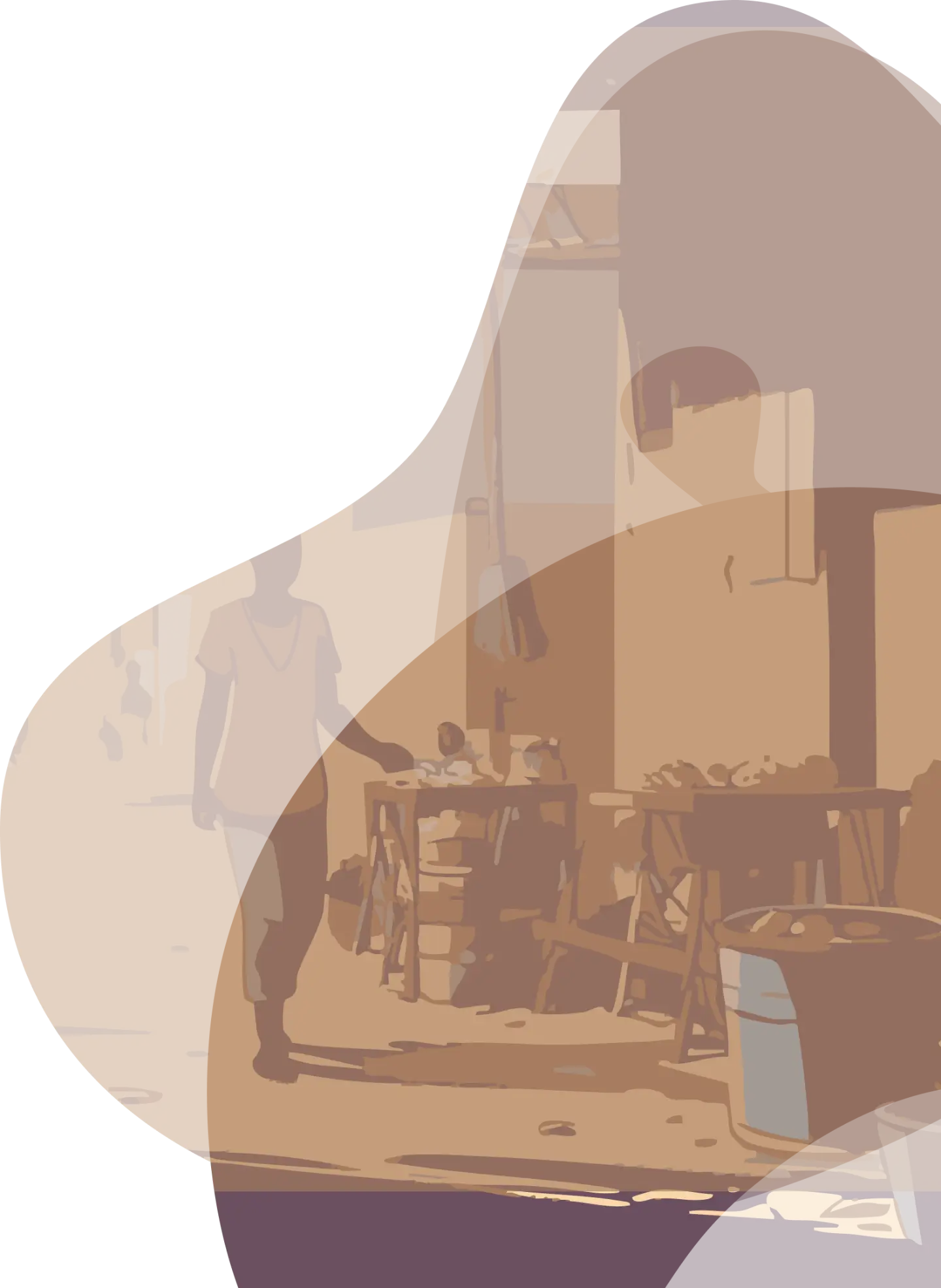
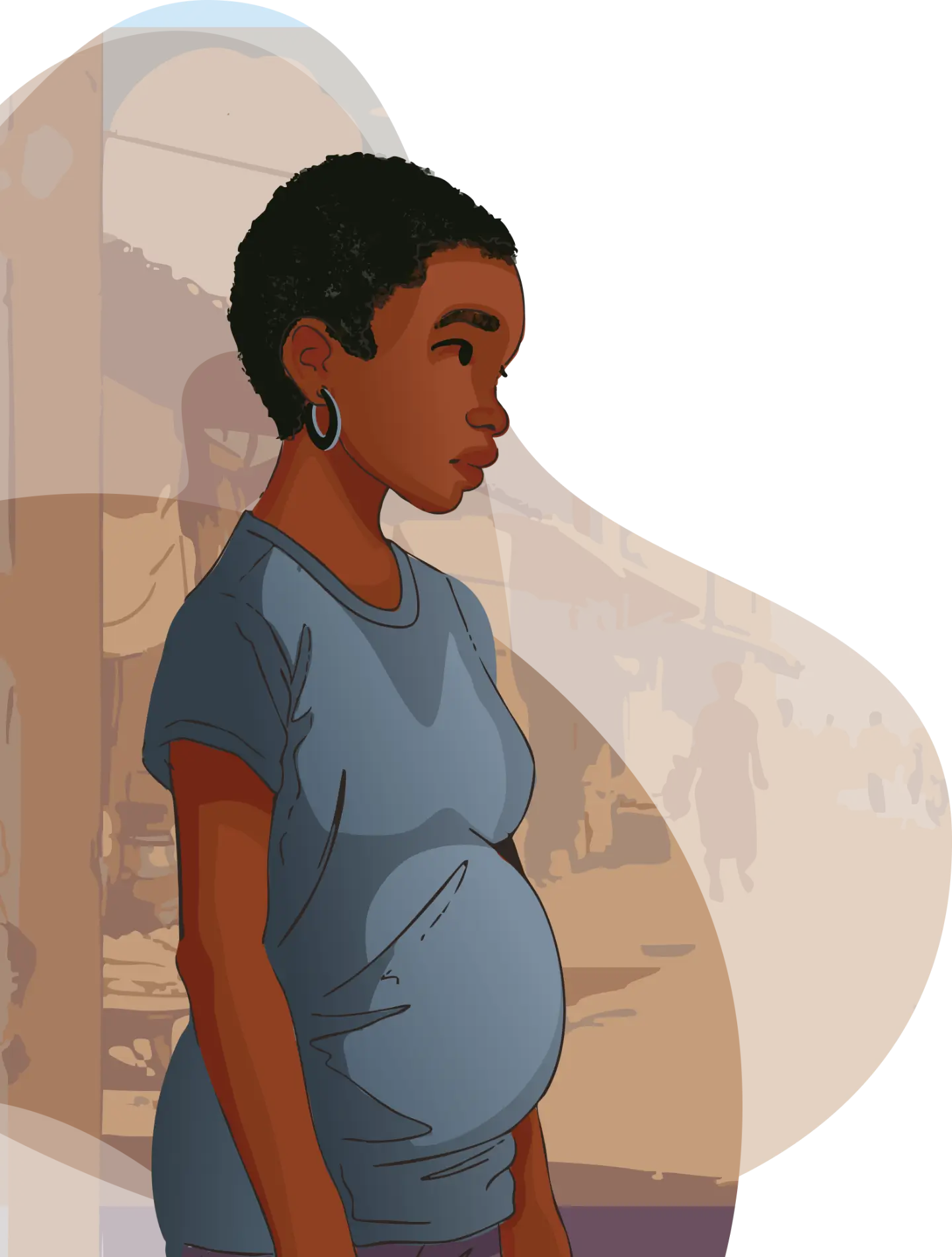
We lived in tents and shelters and were hidden behind closed doors. Programs passed us by. We weren’t asked what we needed. We weren’t on the map. But someone finally came looking, and everything changed.
It began with walking through the places we live and mapping the routes we take, the support systems we have, the risks we navigate, and the services we can’t reach. They didn’t just draw a map. They traced our lives onto it.
They knocked on every door, not just the ones that were easy to reach. They spoke with us and our caregivers. They learned which of us were still in school, who was married, who had children, who was dreaming despite it all.
They used the Girl Roster™ to get to know us. Our ages, our needs, our hopes.

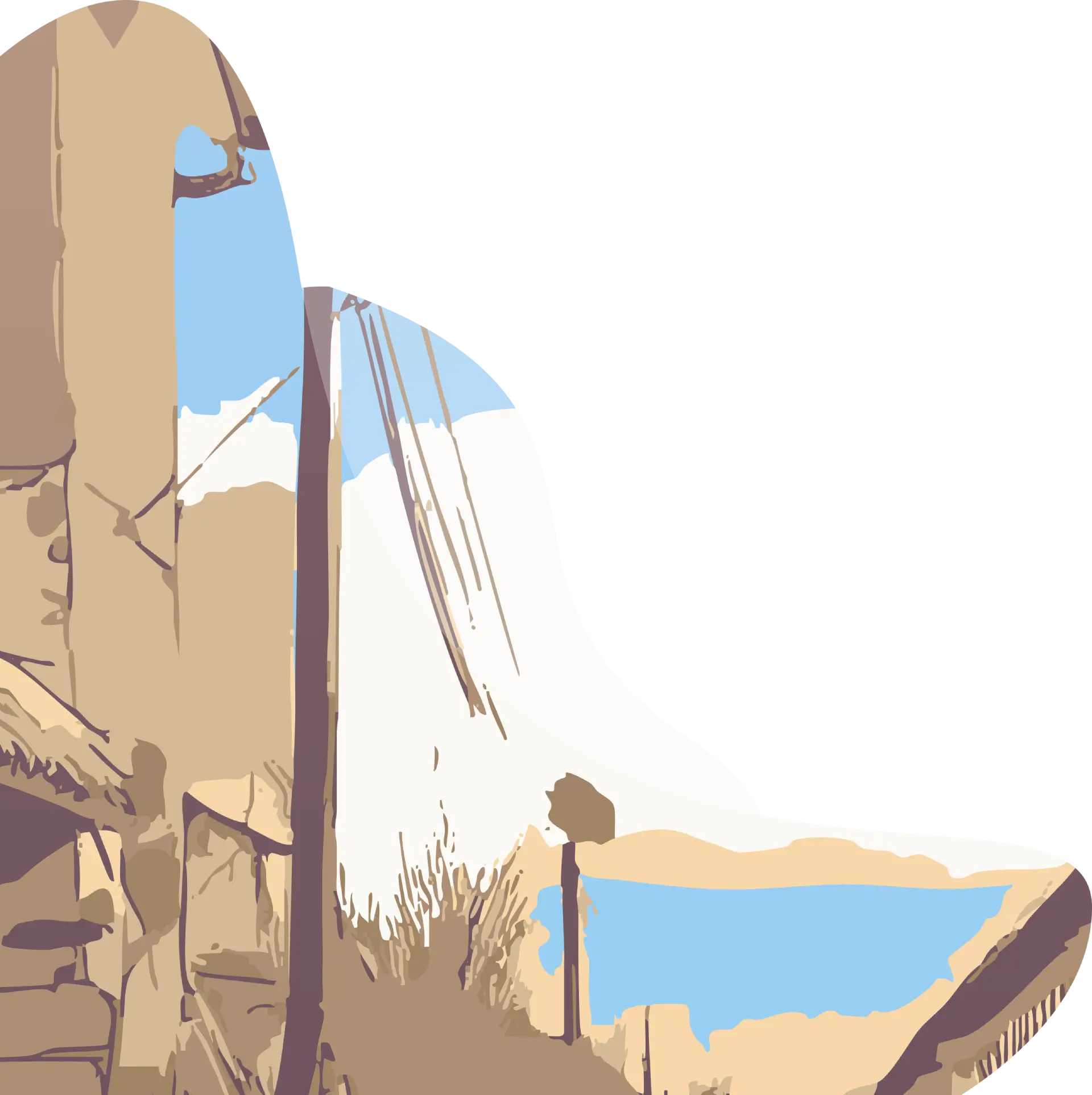
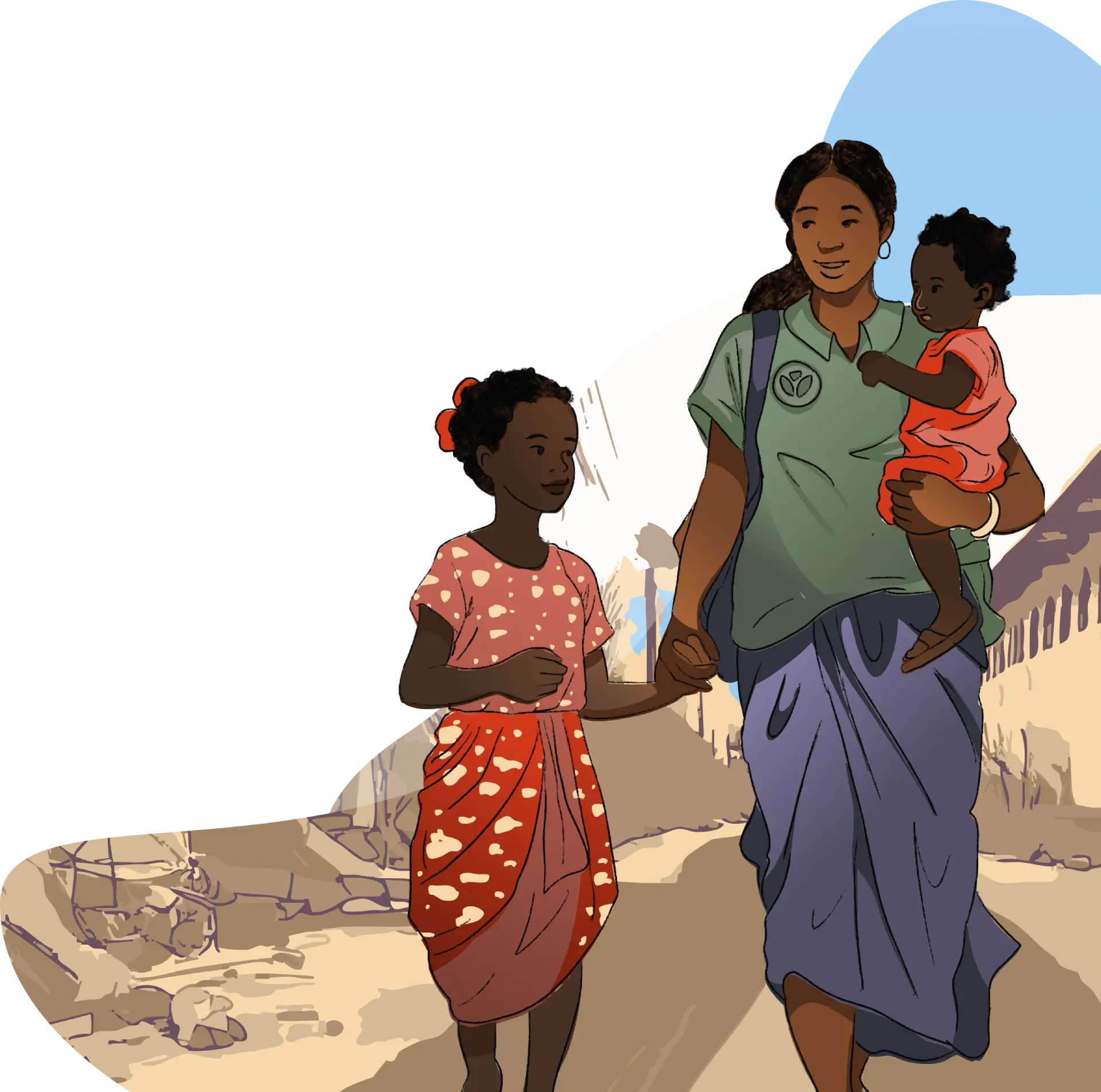
We gathered in groups, joined by other girls like us. We spoke—sometimes for the first time—about what mattered to us: school, safety, a space of our own.
They listened without judgement. They didn’t talk over us. Instead, they used tools like Participatory Ranking and Asset Mapping that let us decide what mattered most, not just to me and my friends, but to girls of all different kinds who live here.
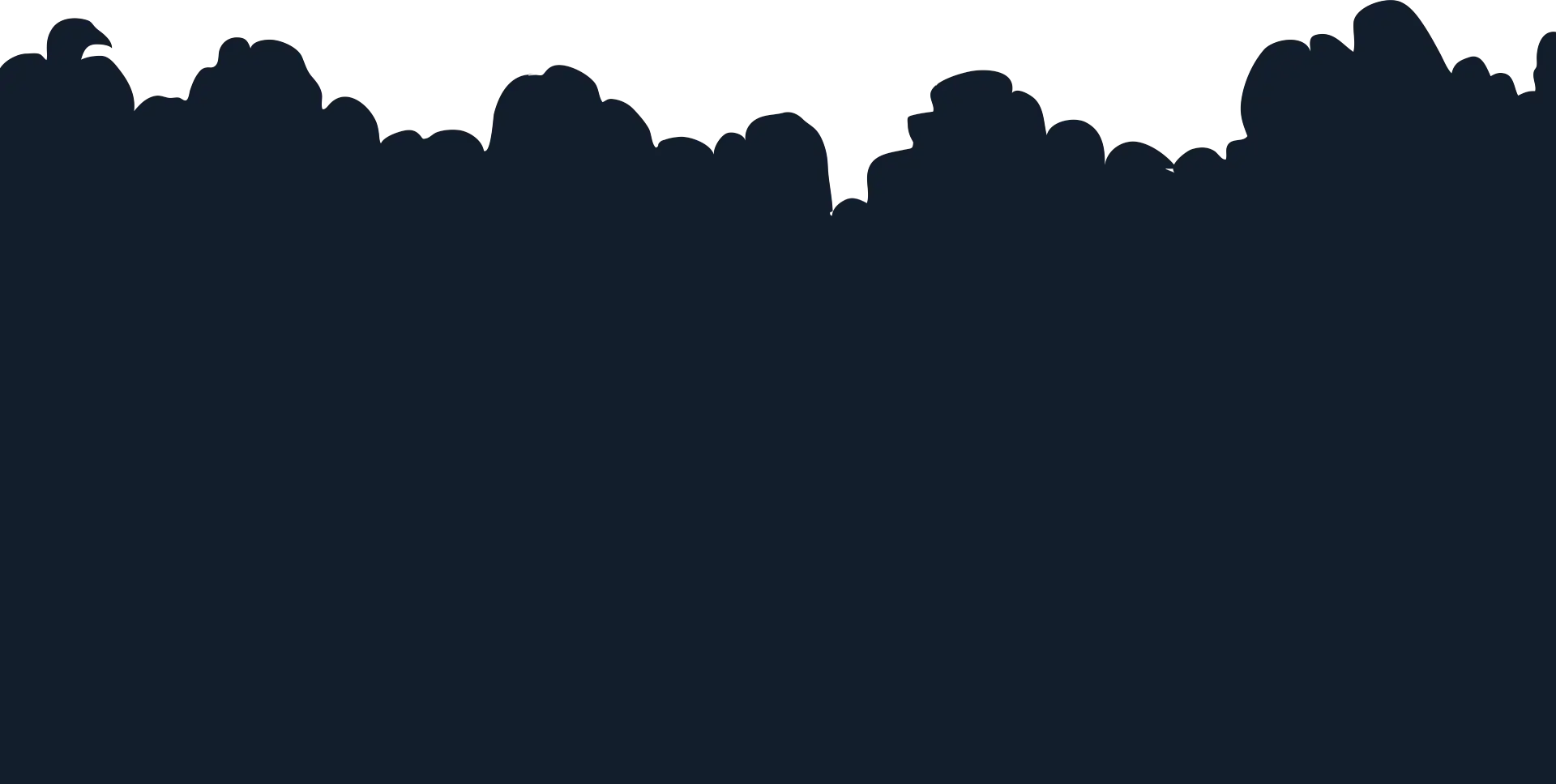
Together, we identified what we had: courage, skills, family, and mentors. We built on these and made plans rooted in who we are and what we need.
And we didn’t do it alone. Humanitarian teams stood beside us. Communities joined in. Tools like Adolescent Benchmarks tracked our progress. Technology-enabled solutions like QR codes and real-time data dashboards helped ensure we weren’t left behind again.
Now we’re reaching others. We are designing, implementing, and evaluating programs ourselves. We’re teaching each other. We’re advocating for spaces that protect us, systems that respect us, and the futures we choose.


